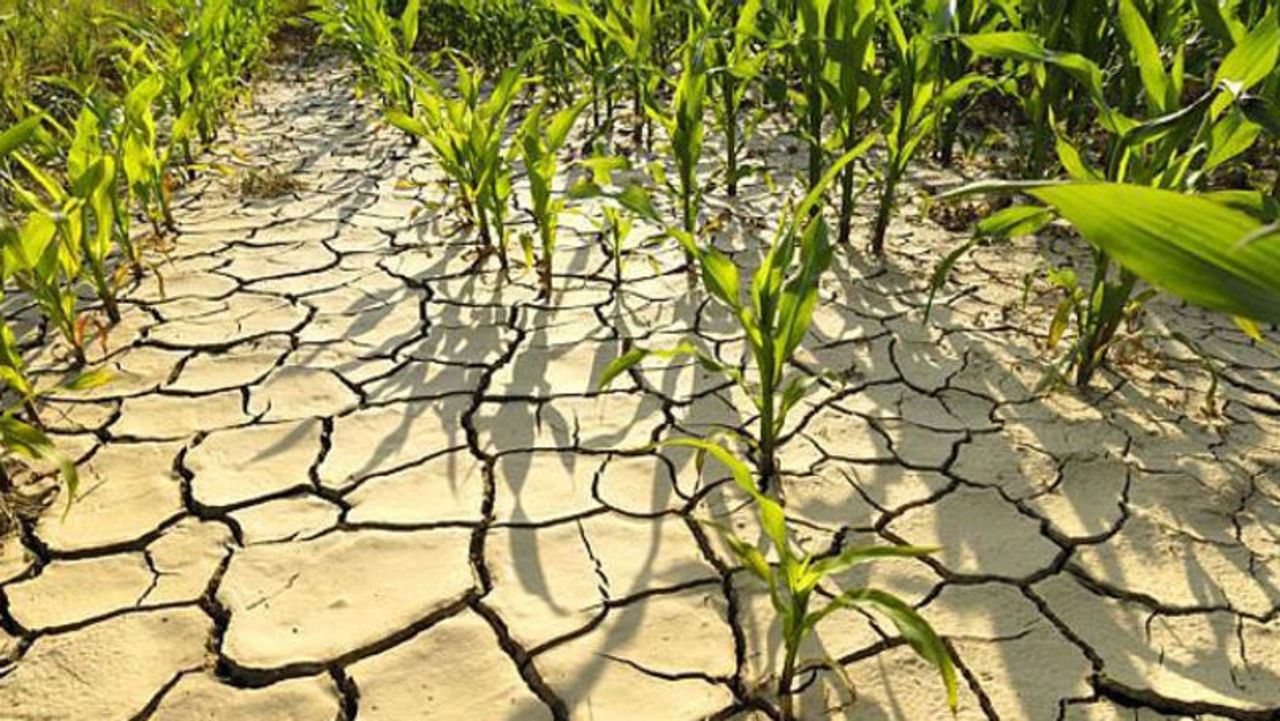Moldova's Farms Face Drought Threat in Next Decade
Drought has become a common occurrence in Moldova in recent years, and forecasts predict that half of the country's agricultural land could be affected by heatwaves in the next decade.

This necessitates the development of new agricultural practices and the implementation of effective drought management measures in response to changing climatic conditions. This concern is shared by participants in the Interregional Conference on Drought and Soil Degradation.
Data from the State Hydrometeorological Service reveals a worrisome trend: soil moisture deficits have become more frequent and severe over the past two decades. In 2022, for instance, this phenomenon had a negative impact on roughly 80% of Moldovan territory, resulting in significant economic losses. A representative of the Food and Agriculture Organization (FAO), Tudor Robu, emphasises the urgent need to address water scarcity and drought as critical issues.
"The latest data on droughts in 2022 and 2020 indicate a production decrease of more than 50% for key commodities such as cereals, fruits, and vegetables. Consequently, these losses impact both the actual quantities produced and the final value that agricultural producers can obtain," stated Robu.
Climate change is a growing concern even in Bosnia and Herzegovina, a country typically known for its high humidity levels. However, scientists have observed extended periods without precipitation in recent years, according to scientist Sabria Chadro.
"While Bosnia and Herzegovina experiences regular rainfall, some areas have seen periods of two to three months without precipitation in recent years. Farmers recognize the value of irrigation systems, but they lack the knowledge of when and how to use them effectively," explained Chadro.
Climate change scenarios anticipate a high likelihood of severe drought occurring in the next decade as well, potentially impacting half of the country's agricultural land according to the Ministry of Environment. State Secretary Aliona Rusnac confirms that Moldova has adopted several international programs to combat these challenges.
Authorities report that droughts occur in the north every 7-10 years, in the central zone every 5-6 years, and in the south every 3-4 years. To prepare for potential intensifications of drought phenomena, the government amended the Regulation on Drought Management Planning earlier this year. These amendments may include restrictions on water access for the population and irrigation in agriculture in case of severe drought conditions.
Translation by Iurie Tataru



